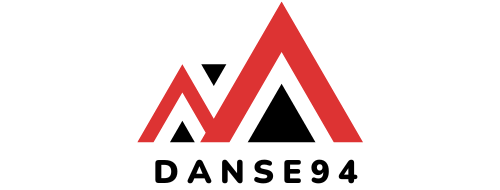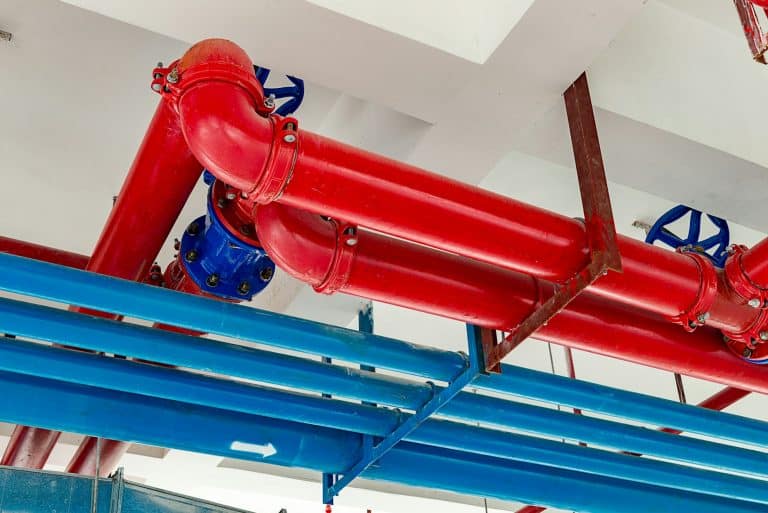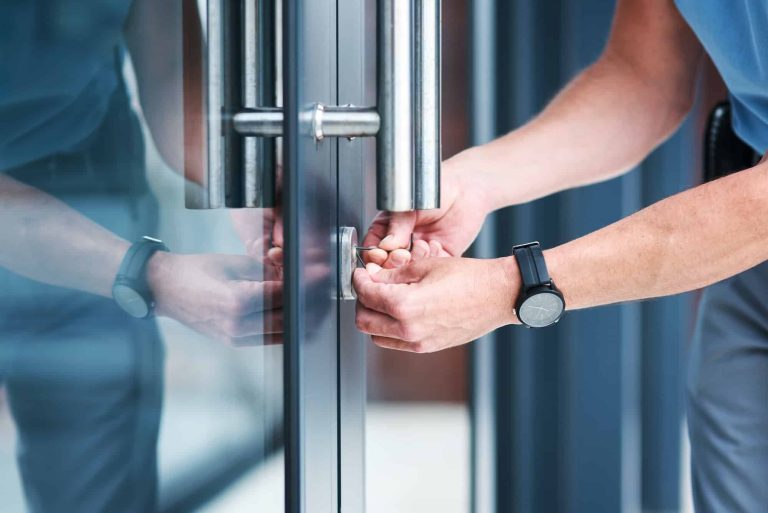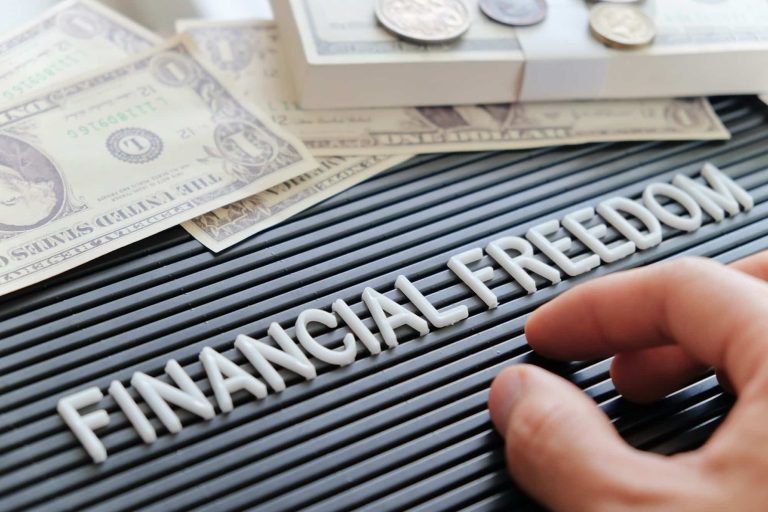L’acier inoxydable est-il difficile à graver ?
La gravure de l'acier inoxydable, entourée de mythes en raison de sa réputation de dureté, suscite maintes interrogations. La complexité de son usinage est-elle justifiée,...
L’animation soirée d’entreprise : clé du succès de vos événements professionnels
Assurer l'ambiance lors d'une soirée d'entreprise est un art délicat, reflet de l'identité et des valeurs de votre marque. Une animation de qualité ne se...
Eclairage solaire pour route : pourquoi choisir le lampadaire ?
Face au défi d'une énergie propre et économique, le lampadaire solaire pour route s'impose comme une solution éclairée. Réduisant considérablement les dépenses énergétiques et offrant...
Entreprise de chaudronnerie tuyauterie en France : comment faire le choix idéal ?
Sélectionner une entreprise de chaudronnerie peut s'avérer délicat; les critères de choix s'étendent bien au-delà du coût apparent. Comment alors distinguer le partenaire idéal pour...
Top 5 des meilleurs consultants seo à Rennes
Le référencement naturel (SEO) est devenu un élément crucial pour toute entreprise cherchant à se démarquer en ligne. À Rennes, ville dynamique et en pleine...
Serrurier dépanneur à Saint-Genis-Laval : quels services lui demander ?
Coincés à l'extérieur à cause d'une clé cassée ou d'une porte bloquée ? À Saint-Genis-Laval, les serruriers dépanneurs offrent bien plus qu'une simple intervention rapide....
Comment choisir le bon logiciel ou service de génération d’images par IA en fonction de vos besoins ?
Un logiciel ou service de génération d'image par IA est un système informatique qui utilise des algorithmes d'intelligence artificielle, généralement des réseaux neuronaux, pour créer...
Le guide ultime pour passer du statut de salarié à la liberté financière
Chercher l'indépendance financière, c'est comme préparer une expédition : il vous faut une carte et une boussole. Ce guide vous équipe pour élaborer un plan...
Grande École internationale de management : Comprendre le parcours d’admission
L'accès à une Grande École internationale de management représente une étape cruciale dans la carrière professionnelle de nombreux étudiants aspirant à des postes de direction...
Comparatif des fonctionnalités des principaux logiciels de gestion commerciale.
Dans le labyrinthe des solutions B2B, la sélection d'un logiciel de gestion commerciale se révèle souvent complexe. Ce comparatif décrypte les fonctions essentielles qui feront...










